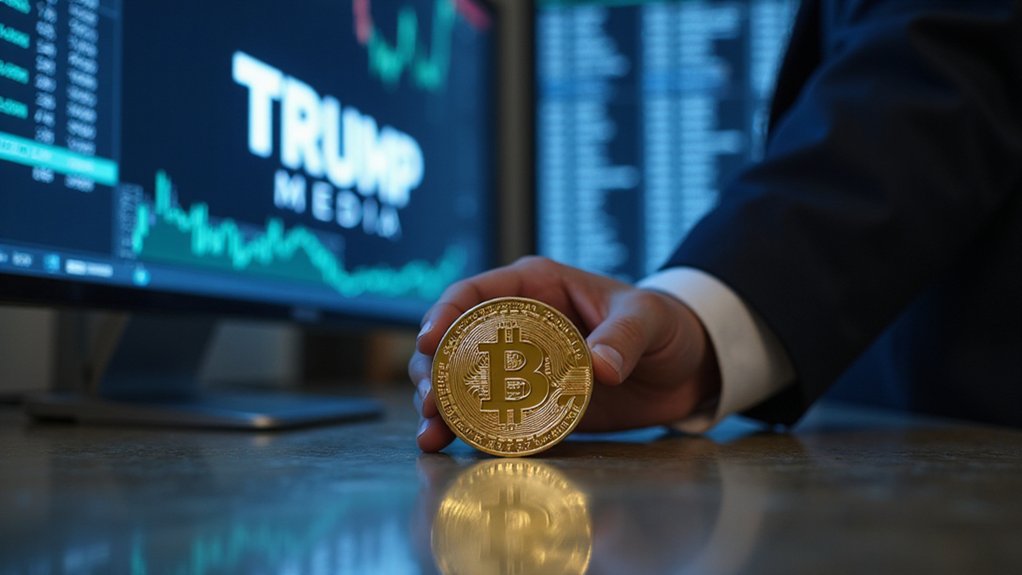At the vanguard of cryptocurrency’s mainstream adoption, Dan Finlay has orchestrated a remarkable evolution of MetaMask from a niche browser extension to the dominant gateway into decentralized finance. As the steward of what has become crypto’s most ubiquitous wallet—serving approximately 30 million monthly active users—Finlay’s vision has solidified MetaMask’s position as the cornerstone of Ethereum’s ecosystem.
The transformation hasn’t occurred in a vacuum; rather, it reflects a deliberate strategy to reimagine self-custody while maneuvering the labyrinthine regulatory landscape that continues to perplex even the most sophisticated market participants.
With roughly 500 employees under the ConsenSys umbrella, MetaMask’s infrastructure has scaled impressively, though one wonders if such organizational heft risks diluting the libertarian ethos that initially animated the project.
Looking toward 2025, Finlay’s roadmap emphasizes enhanced user experiences in Web3 applications—a necessary evolution if blockchain technology hopes to transcend its current audience of technical enthusiasts. This vision includes implementing smart-contract-based accounts that enable user-defined rules and enhance security through readable actions in multisig setups.
Web3’s mass adoption hinges on elevating user experiences beyond the technical priesthood currently dominating the ecosystem.
(The uninitiated still find the prospect of managing private keys about as appealing as performing their own dental work.)
This focus on accessibility represents more than mere interface refinements; it constitutes a fundamental rethinking of how users interact with decentralized systems. The wallet’s innovative design allows users to securely store and manage their seed phrase for wallet recovery across multiple networks.
Perhaps most intriguing is MetaMask’s contemplation of a native token launch, potentially paired with a funding-focused DAO rather than a governance mechanism.
This approach—should it materialize amid regulatory uncertainty—would represent a novel attempt to distribute ownership while sidestepping the securities classification quagmire that has ensnared many projects.
Integration with DeFi platforms remains central to MetaMask’s strategy, expanding functionality while enhancing security measures to protect users from the ecosystem’s less savory elements.
The challenge lies in maintaining trust while fostering greater decentralization—not a trivial undertaking when scams proliferate faster than regulatory frameworks can adapt.
Ultimately, Finlay’s vision extends beyond technological innovation; it encompasses a fundamental reimagining of financial interactions in a decentralized paradigm, with MetaMask serving as both gateway and guardian.





